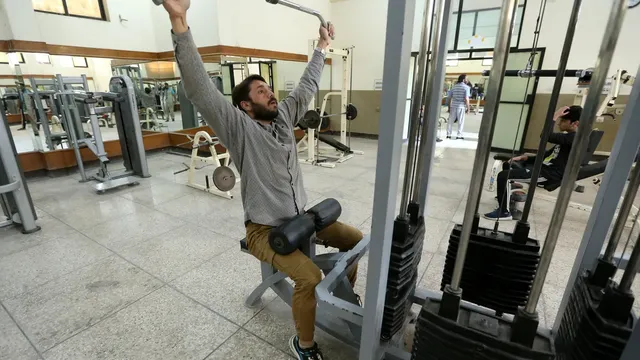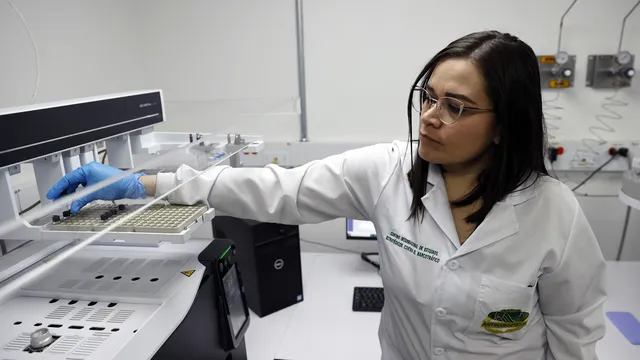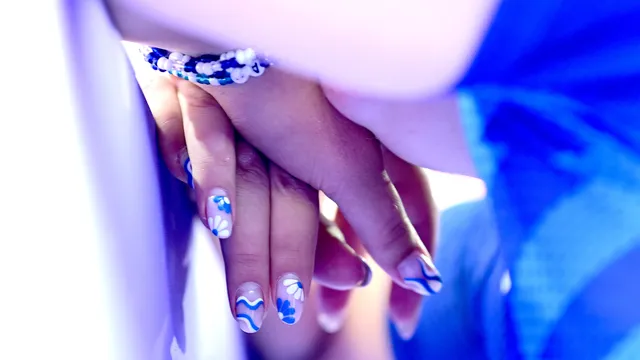About 425 million people worldwide suffer from diabetes.
Around 75 million of them need daily insulin injections. But that could soon change.
Scientists have discovered a new and easier way to take insulin – in capsules or even inside a piece of chocolate.
This new method of insulin delivery uses very small particles called nanocarriers. These particles are so small – 10,000 times thinner than a human hair – that they cannot be seen even with a regular microscope. The insulin is safely packaged inside these tiny particles.
Professor Peter McCourt, a scientist at the Arctic University of Norway, explained that this new method is more effective than injections. It sends the insulin directly to where it is most needed. Injections, on the other hand, spread insulin throughout the body, which can cause side effects.
This study was published in the journal Nature Nanotechnology and was developed by scientists from the University of Sydney, the Local Health District of Sydney, and the Arctic University of Norway.
Years ago, researchers discovered that they could use nanocarriers to deliver drugs directly to the liver. But insulin taken by mouth was broken down in the stomach, so it didn't work. Now, scientists have solved this problem by adding a special coating that protects the insulin until it reaches the liver.
This coating only breaks down when blood sugar levels are high. The insulin is then released and helps remove sugar from the blood by acting on the liver, muscles, and fat. When blood sugar is low, insulin is not released. This makes the new method much safer and reduces the risk of dangerously low blood sugar levels or hypoglycemia.
Dr. Nicholas Hunt of the University of Sydney said that this new method is easier for patients and mimics the natural action of insulin in the body. Normally, insulin from the pancreas first goes to the liver. With injections, too much insulin goes to the muscles and fat, which can lead to problems such as fat accumulation and hypoglycemia. The new method avoids these problems.
Another bonus? No needles. Patients can take their insulin in a more discreet and convenient way. And this chocolate insulin does not need to be stored in a cool place.
The team has already tested the chocolate insulin on worms, mice, and rats. They recently tested it on 20 baboons in Australia. To make it more palatable, they put the insulin in sugar-free chocolate. The baboons had lower blood sugar after eating it.
Tests on mice and rats with diabetes also showed good news: no problems with low blood sugar, no weight gain, and no fat accumulation in the liver.
Next step: human trials. The first trial will begin this year, led by Endo Axiom. The first phase will test whether it is safe for humans, especially those with type 1 diabetes. If successful, later trials will test whether it can replace insulin injections.
If all goes well, this chocolate insulin could be available to patients within 2-3 years. | BGNES

 Breaking news
Breaking news
 Europe
Europe
 Bulgaria
Bulgaria







